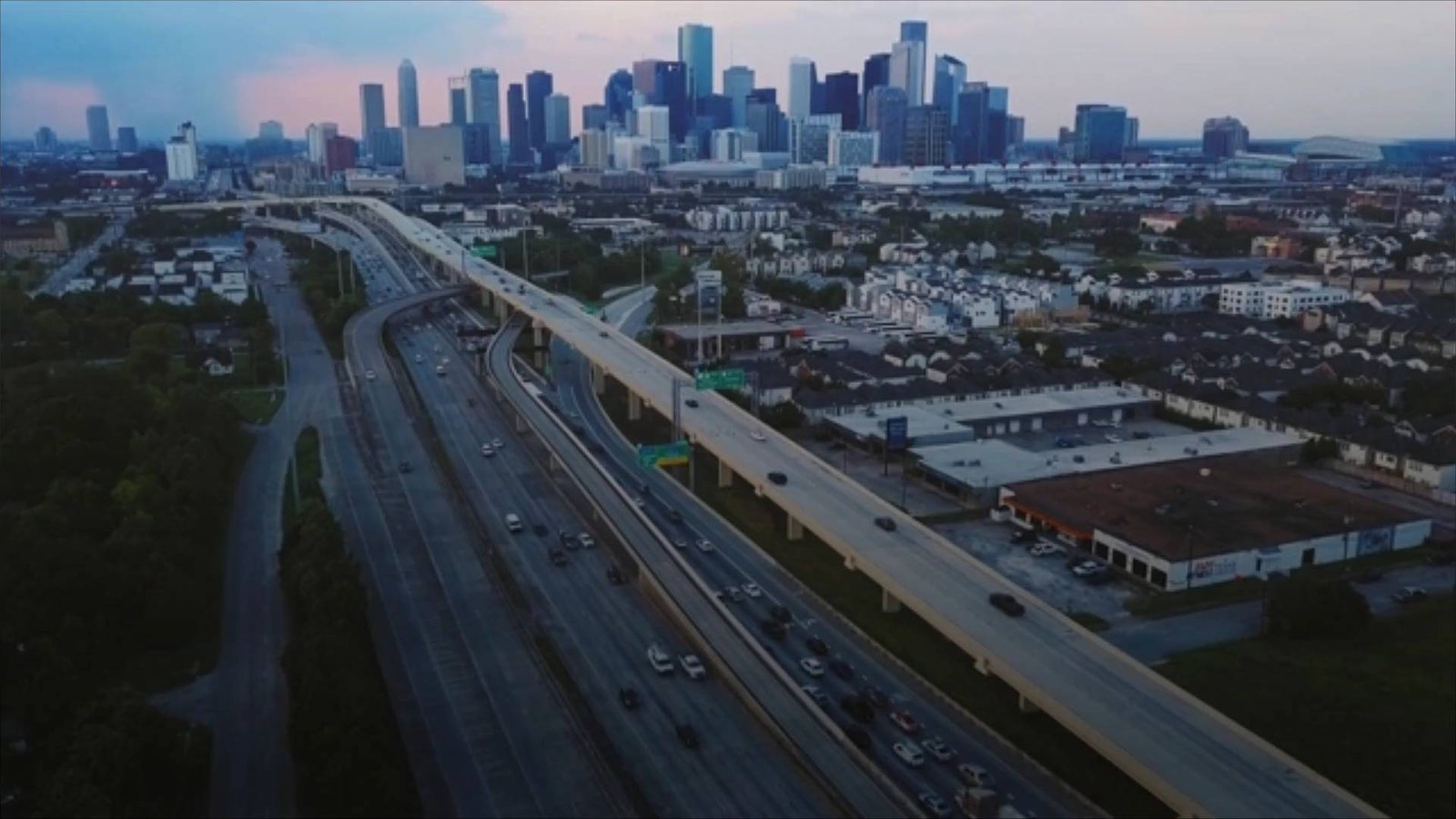In a world grappling with the uncertainties of climate change, a recent study has sent shockwaves through the United States, predicting the potential transformation of thousands of cities into ghost towns by the year 2100. This research delves into the findings, shedding light on the depth of environmental challenges, urban vulnerability, and the looming danger of deserted landscapes.
The study foresees a significant transformation in the U.S. landscape by 2100, with nearly 30,000 cities potentially becoming ghost towns, particularly those experiencing a population decline ranging from 12 to 23 percent. This expected decline is attributed to reductions in birth rates and a heightened trend of urban migration, potentially impacting up to two-thirds of cities across the nation.
Researchers from the University of Illinois emphasize that every American city, with the exception of Hawaii and Washington DC, is expected to be affected. Experts stress the necessity for a shift in urban planning away from growth-centric strategies. The prevailing planning paradigm, centered on growth, may not be sustainable, as close to half the cities in the U.S. are witnessing depopulation.
While future cities may not become complete ghost towns, the study envisions them evolving into fractured, thinning, or sprawling communities as populations shift within and between cities. The ability of local governments and town planners to adapt to changing resident needs will play a crucial role in shaping the future urban landscape.
The projected population decline poses unprecedented challenges, including potential disruptions in essential services like electricity, clean water, internet access, and transit. Analysts, basing their predictions on existing trends from the past 20 years, warn that a low fertility rate and shrinking cities could contribute to these challenges.
This study aligns with U.S. Census data indicating an overall population decline in the United States by 2080. The research methodology involved examining the average yearly population change for each city from 2000 to 2020 and evaluating changes in population over different intervals.
Cities with lower median household incomes in the Northeast and Midwest were identified as having a higher risk of population decline. The study adds that depopulation is a demographic reality in various areas of the United States, with the USDA estimating a 3.2% population decline in nonmetropolitan counties between 2010 and 2017.
The ongoing depopulation in rural areas signifies an economic shift, potentially impacting community well-being and the prospects of a sustainable future, as young adults often migrate away from these regions, leading to demographic changes and an aging population in depopulating areas.
As the specter of ghost towns looms over the horizon, the study serves as a wake-up call, urging a reevaluation of existing urban planning strategies and a more holistic approach to address the multifaceted challenges posed by population decline, environmental shifts, and economic transformations. The future of these potentially affected cities depends on the proactive adaptation and resilience of communities and policymakers in the face of evolving demographic trends and the imperative to create sustainable urban environments for generations to come.
Book Paris Trip
Paris sightseeing
Book Paris activities
Louvre museum paris
Paris limousine rental
Rolls Royce Paris
Eiffel Tower Paris
Airport Transfer Paris
Book Paris Taxi
Seine River Cruise
Wine Tasting Paris
Paris luxury hotels
Switzerland luxury hotels
Europe Car rental
Europe coach rental
Paris Limousine
Dior Paris
Beauvais Airport transfer
